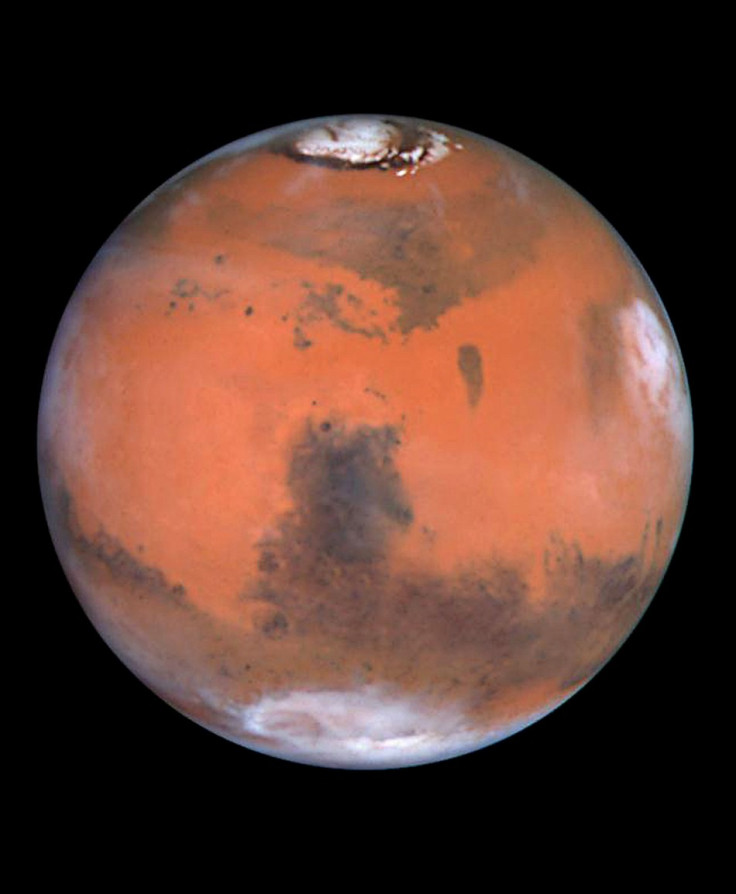Oldest Fossils on Earth Discovered: Life on Mars Theoretically Possible

The scientists responsible for unearthing ancient fossils, believed to be the oldest ever discovered, argue that the existence of the microfossils demonstrates the possibility of alien life.
The fossils were discovered in the remote Strelley Pool region of Australia and are believed to have developed more than 3.4 billion years ago, when the Earth was still oxygen-free.
Incredibly small in size, the microfossils are said to clearly show precise cell-like structures. They were found preserved on the oldest shoreline known on Earth between the quartz sand grains of the oldest sedimentary rocks ever discovered.
The location and makeup of the fossils led the scientists to believe that they were created when the Earth was still rife with volcanic activity and suffered regular meteor strikes.
Speaking to Reuters, Martin Brasier of Oxford University -- one of the team of scientists who made the discovery -- said the team believed the microfossils formed when the Earth's sky was still dark and there was little to no oxygen in the planet's atmosphere.
"We can be very sure about the age as the rocks were formed between two volcanic successions that narrow the possible age down to a few tens of millions of years," commented Brasier. "That's very accurate indeed when the rocks are 3.4 billion years old."
Due to the climate, the scientists theorised that early life lived and metabolised sulphur rather than oxygen for energy.
The existence of life developing in oxygen-free conditions has since been taken as further evidence for the possibility of extra-terrestrial life. Brasier even went so far as to suggest that the fossils indicated that there could indeed be life on planets within Earth's solar system.
"Could these sorts of things exist on Mars? It's just about conceivable. This evidence is certainly encouraging, and lack of oxygen on Mars is not a problem," he said.
The team's research adds to NASA's continuing search for evidence of life on the Red Planet.
Most recently NASA released fresh evidence suggesting that one of its unmanned research probes had caught video footage and images of rock formations suggesting the existence of running water on the planet's surface.
© Copyright IBTimes 2025. All rights reserved.





















